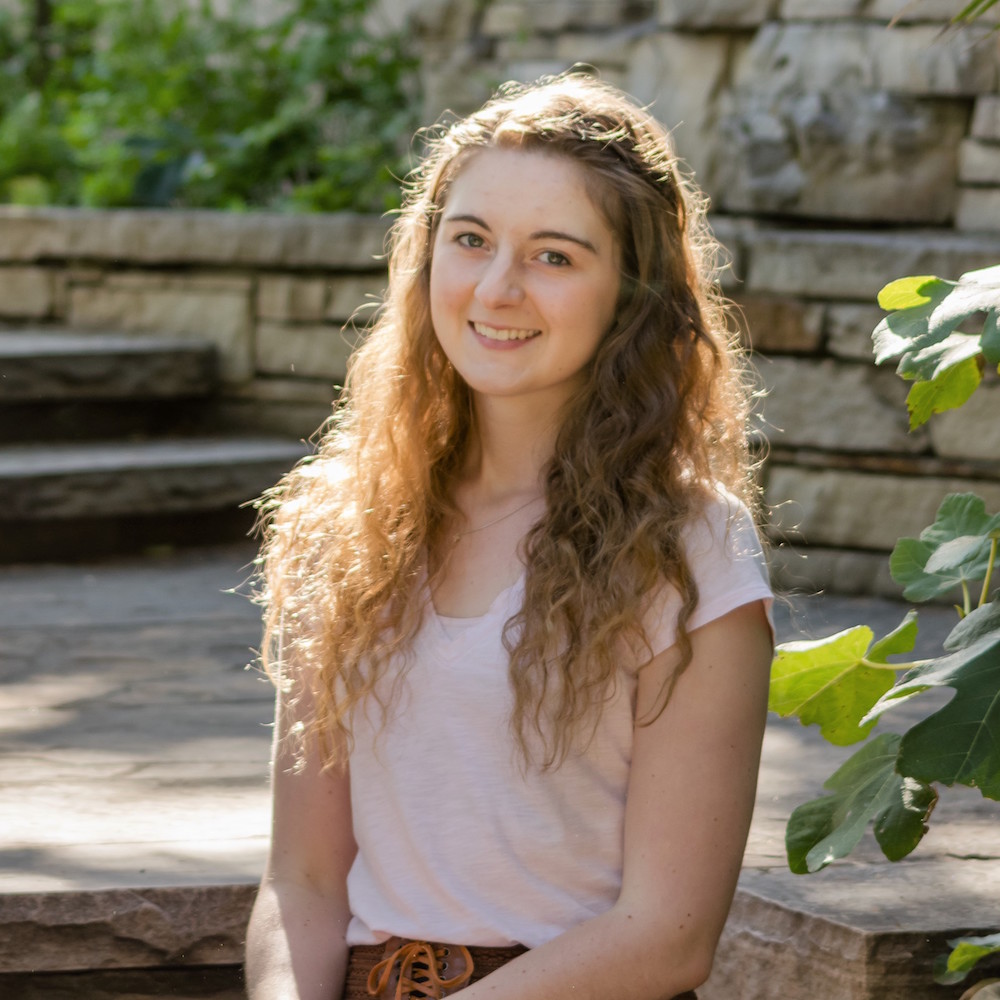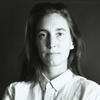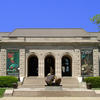More about Survival

Contributor
Jenny Holzer is, as one might say, a badass.
Her work has included materials from t-shirts to billboards in Times Square, and even LED signs - such as in the work Survival (2000) at the Columbus Museum of Art in the artist’s native state of Ohio. She walks the line between public and introspective, intimate and political, and does so with a clear eye toward making her point as sharp as possible. Most recently, one of her signature phrases - “Abuse of power comes as no surprise” - has come to prominence again as the art world grapples with its place in the Me Too movement. One might call Holzer an icon. One would be correct.
Holzer’s work has also graced such collections as those of SFMOMA. Her reach is far - she even, at the time of writing, has a career retrospective at the Guggenheim Bilbao in Spain. This idea of reach and permanence is central to her choice of medium. She began working with stone and light - such as LED signs - in the 1970s and ‘80s, when the AIDS crisis hit New York hard. Text was used because, in the words of the artist herself: “I wanted to offer content that people—not necessarily art people—could understand.”
Holzer has two prominent text-based series: “Truisms” and “Survival.” The Truisms series is made of one-liner works, while the text throughout the Survival pieces is more complex. It explores “the dangers of everyday living,” and includes such texts as “DIE FAST AND QUIET WHEN THEY INTERROGATE YOU OR LIVE SO LONG THAT THEY ARE ASHAMED TO HURT YOU ANYMORE.” This work at the Columbus Museum of Art includes the text: “GO WHERE PEOPLE SLEEP AND SEE IF THEY'RE SAFE.”
Survival is 9 feet tall, making it a daunting presence. It is a work that takes some patience to unpack, as the letters scroll up the screen. As such, it is a much different viewing experience than a painting, but also not as crazy as her gigantic billboards in NYC or Las Vegas. While this kind of digitally-based work might seem fishy to those who favor more traditional media, Holzer regards her work as still being an image, and so - in addition to the sass of the phrases themselves - viewers are invited on an odd adventure of appreciating both the meaning and the form of the letters, a perhaps surprising experience for an artwork made of such an ubiquitous material. Of course, Jenny Holzer has always liked to challenge her viewers, and challenge the boundaries of art itself, so this move must - as she would say - come as no surprise.
Sources
- “An Interview with Jenny Holzer.” Even Magazine, accessed 31 Aug 2019, http://evenmagazine.com/jenny-holzer/.
- “Art+Artists: Jenny Holzer.” Walker Art Center, accessed 31 Aug 2019, https://walkerart.org/collections/artists/jenny-holzer.
- “Arts Professionals Denounce Sexual Harassment in Open Letter.” Artforum, 30 Oct 2017, accessed 31 Aug 2019, https://www.artforum.com/news/arts-professionals-denounce-sexual-harass….
- Gluec, Grace.” And Now a Few Words from Jenny Holzer.” New York Times, 3 Dec 1989, accessed 31 Aug 2019, https://www.nytimes.com/1989/12/03/magazine/and-now-a-few-words-from-je….
- “Jenny Holzer.” artnet.com, accessed 31 Aug 2019, http://www.artnet.com/artists/jenny-holzer/.
- “Jenny Holzer.” Kroller-Muller Museum, accessed 31 Aug 2019, https://krollermuller.nl/en/jenny-holzer-selections-from-the-survival-s….
- “Jenny Holzer.” Sotheby’s, accessed 31 Aug 2019, https://www.sothebys.com/en/artists/jenny-holzer.
- “Jenny Holzer: Survival.” Columbus Museum of Art, accessed 31 Aug 2019, http://www.columbusmuseum.org/embark-collection/pages/Obj38480/.
- Kapplow, Heather. “Jenny Holzer Hits Her Mark in a Major, Largely Unnoticed Retrospective.” Hyperallergic,29 August 2019, https://hyperallergic.com/515025/jenny-holzer-things-indescribable-gugg…
- “Survival: 1983-1985, Jenny Holzer.” accessed 31 August 2019, https://www.cs.utexas.edu/~field/holzer/survival.txt.











